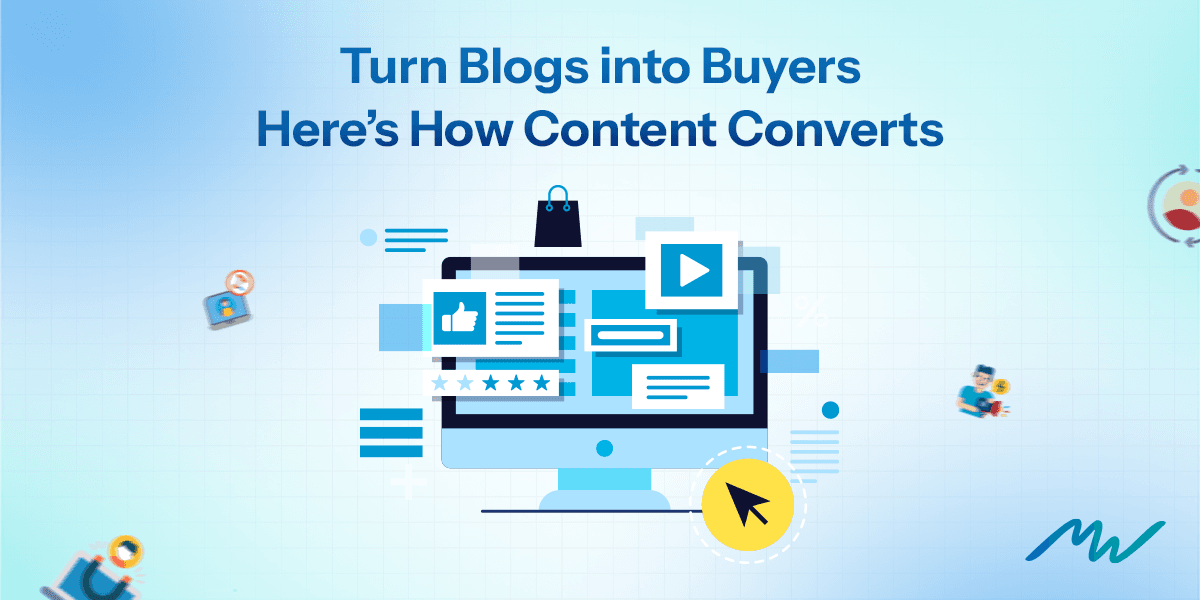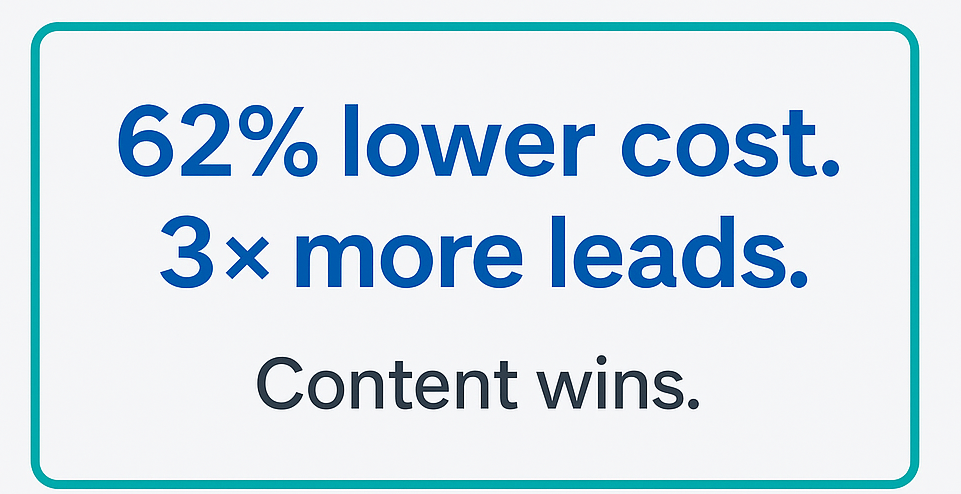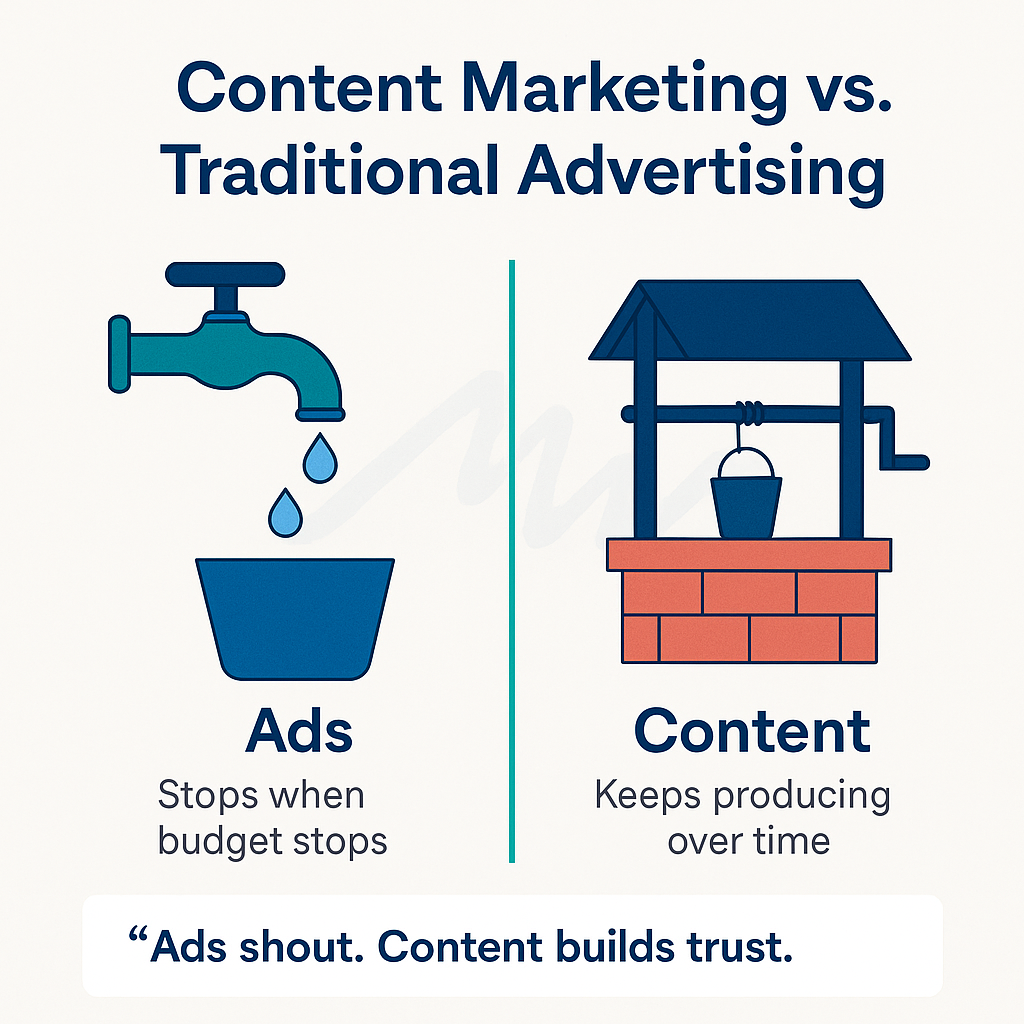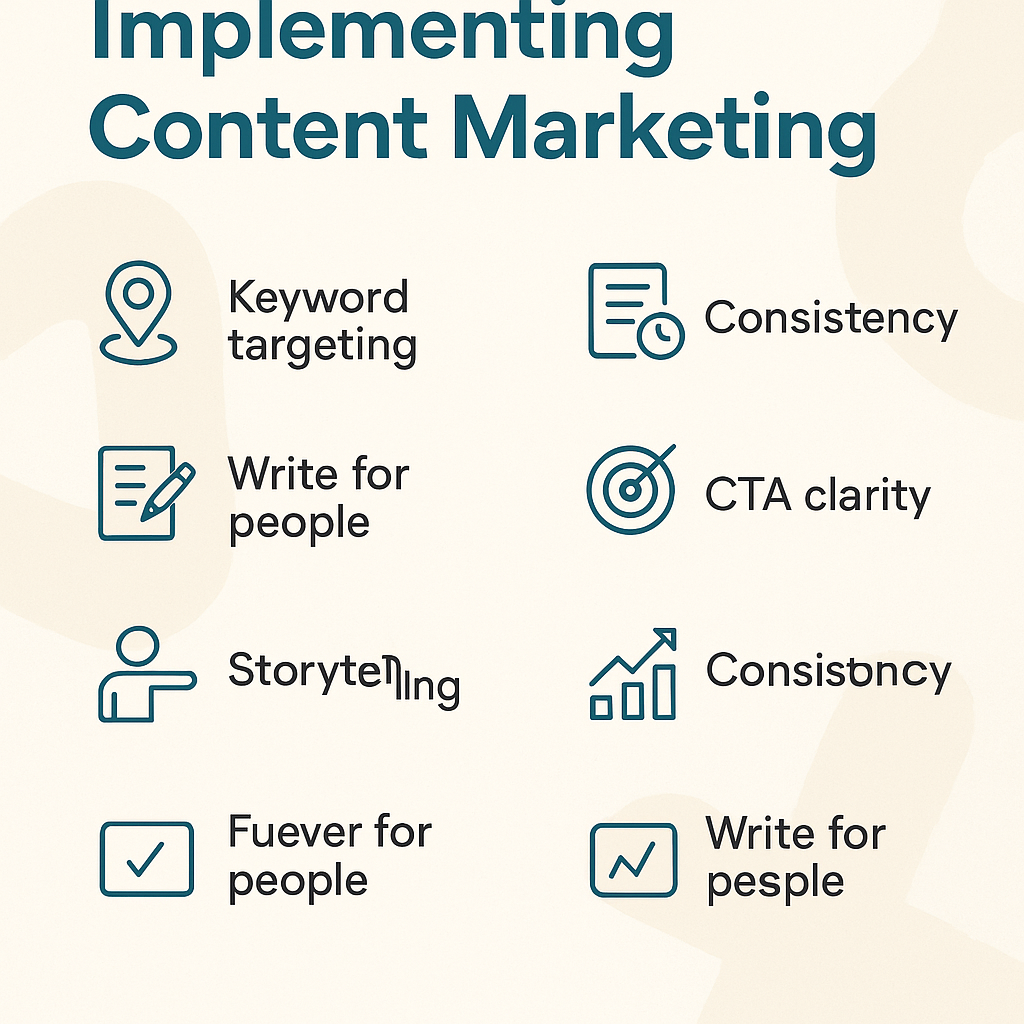-
Content marketing delivers 3× more leads at 62% less cost.
-
Unlike ads, content compounds value and builds long-term trust.
-
Blogs, checklists, webinars, and case studies move leads through the funnel.
-
Real-world case studies show content driving 30–50% higher conversions.
The Power of Content Marketing in Lead Generation

If ads vanished tomorrow, would your pipeline survive?
In 2025, businesses are waking up to a new reality: attention is earned, not bought.
While traditional ads still have their place, customers don’t want to be interrupted. They want to be informed, inspired, and empowered. That’s exactly where content marketing steps in.
Content marketing is no longer a “nice to have.” It’s one of the most reliable, cost-effective ways to attract high-quality leads that convert, especially for brands aiming to build trust over time.
The kicker? Content works across every stage of the funnel, from awareness to decision.
Let’s break down how content becomes your most powerful lead magnet when done right.
What Exactly Is Content Marketing?
Before we talk tactics, let’s lock in a definition.
Content marketing is the planned creation of helpful, searchable assets like
- blogs,
- videos,
- check-lists,
- white papers,
- podcasts
that educate a specific audience and guide them toward purchase.
Unlike ads, these assets live on; they’re not one-and-done.
Why it matters:
- Quality content costs 62% less yet delivers 3× more leads (DemandMetric, 2024).
- Prospects arrive pre-qualified, shortening sales cycles and lowering CAC.

SMB Proof:
Utah SaaS BamBam CRM spent just $600 on a gated “Deal-Scoring Worksheet.”
Result: captured 2,300 emails and cut acquisition cost by 42% in one quarter (internal case study).
If you’ve ever felt like your ads burn budget without building long-term value, content flips that story by giving you assets that keep delivering.
Mini-Takeaway: Content isn’t a one-off cost; it’s a compounding asset.
Content Marketing vs. Traditional Advertising
Let’s be real, paid ads can still drive results. But they’re like turning on a faucet: stop spending, and the flow ends.
Content marketing? It’s more like building a well. Harder upfront, but once it’s running, it delivers leads on autopilot.

Here’s how they compare:
| Factor |
Content Marketing |
Traditional Ads |
|
Approach |
Pull: delivers value first |
Push: interrupts with a pitch |
|
Cost efficiency |
High ROI over time—traffic compounds |
Costly; stops the moment spend stops |
|
Trust level |
Educates & builds authority |
Low; seen as self-serving |
|
Targeting |
Tailored to funnel stage |
Broad & less personal |
|
Shelf life |
Evergreen; ranks for years |
Ends when campaign ends |
Stat check:
- HubSpot’s 2024 State of Marketing Report → Companies that prioritize blogging are 13× more likely to see positive ROI (HubSpot, 2024).
- Nielsen’s Global Trust in Advertising Report → Trust levels were 47% for search ads and 46% for social network ads (Nielsen, 2015).
Real-world example:
Access Corp partnered with Orbit Media Studios to overhaul their site with SEO-driven content and smarter architecture.
Results: +32% organic traffic, +42.6% conversions (SE Ranking, 2024).
If you’ve ever paused ads and watched your pipeline vanish overnight, you know the difference: ads shout, content builds trust.
Mini-Takeaway: Ads end when budgets stop. Content keeps earning.
Top Content Types That Generate High-Quality Leads
If you're wondering which content pieces actually move the needle, here’s your cheat sheet:
Each format plays a distinct role in the buyer’s journey.
Use them together and you’ll guide prospects from “just looking” to “where do I sign up?”
| Content |
Funnel Stage |
Primary KPI |
|
SEO blog post |
Awareness (TOFU) |
Organic visits and sign-ups |
|
Checklist / eBook |
Consideration (MOFU) |
Form-fill rate |
|
Case study |
Decision (BOFU) |
Demo or trial requests |
|
Live webinar |
MOFU → BOFU bridge |
Attendee-to-SQL ratio |
| Newsletter |
All stages |
Repeat visits and reply rate |
(Screenshot this table for your Q3 planning doc.)
How it looks in action:
A fintech firm combined:
- SEO-optimized blog
- Gated whitepaper
- Follow-up webinars with case studies
Result: 20% increase in sales-qualified leads in one quarter (MarCloud Consulting, 2024).
Want to test this?
Start with just two: one blog + one gated asset. Watch how even a small funnel begins to nurture leads automatically.
Mini-Takeaway: A single content type is useful. But when combined, they create a full funnel that closes the gap between curiosity and conversion.
How Content Marketing Helps in Driving Sales in 2025
Think of content as your silent salesperson, one that works 24/7, never takes breaks, and guides leads from curiosity to close without being pushy.
Here’s what that flow looks like:
- A blog post answers an early-stage question.
- A downloadable checklist offers a practical tool.
- A case study proves the solution works.
- A live webinar gives prospects a chance to ask, “Is this right for me?”
By the time a lead fills out a demo form, they’ve already taken most of the journey themselves and they trust you to finish it.

Data-backed reality:
- 61% of U.S. B2B buyers consume 3–7 pieces of content before engaging with sales (Demand Gen Report via VIB Tech, 2024).
- Alterra drove a 30% increase in conversions by leveraging Adobe’s CDP and data collaboration tools (Adobe, 2024).
Scenario:
A mid-market HR SaaS saw demo-to-close conversions slipping. Instead of cranking outbound harder, they built a content funnel:
- Blog: Pain-focused HR bottleneck articles for high-intent traffic.
- Lead Magnet: Gated HR compliance checklist.
- Case Study: Success story showing reduced onboarding time, sent in a drip sequence.
Result: Demo conversions climbed. Sales calls shortened. Outcomes mirrored HR Cloud’s 51% conversion rate after inbound automation (HubSpot, 2024).
Imagine this: a prospect lands on your blog at midnight, downloads your checklist, and enters your funnel, all while your team sleeps. That’s the compounding power of content.
Mini-Takeaway: Content doesn’t just generate leads, it nurtures them into sales-ready opportunities.Urgency check: The companies investing in content funnels today will dominate organic traffic and lead trust by 2025. Waiting another quarter means playing catch-up while competitors lock in ranking and authority.
10 Best Practices for Implementing Content Marketing
So, you’re bought in. You’ve seen how content fuels trust, shortens cycles, and fills your funnel. But how do you actually make it stick?
Here are 10 field-tested practices top teams swear by:
|
Practice |
Why it works |
|
Target long-tail, high-intent keywords |
These bring in users already in research or buying mode—not just window shoppers. |
|
Publish on a cadence you can keep |
Consistency builds audience trust and compounding traffic over time. Weekly > sporadic bursts. |
|
Write for people first, SEO second |
Algorithms reward engagement. Human-friendly beats keyword-stuffed every time. |
|
Tell stories with names and numbers |
Real examples make your content credible and memorable. Stories convert better than stats alone. |
|
Add one crystal-clear CTA |
Whether it's “Download,” “Book,” or “Watch,” keep it simple and focused. No split attention. |
|
Let customers sell—show proof |
Use testimonials and mini case studies to highlight value without bragging. |
|
Match content to TOFU, MOFU, BOFU |
Serve the right content at the right time. A case study won’t work if the reader isn’t problem-aware yet. |
|
Gate premium toolkits to grow the list |
Checklists, templates, and calculators work best. Trade value for an email. |
|
Keep forms to three fields max |
Shorter forms lift conversions. Ask only for what’s truly needed. |
|
Measure, learn, iterate |
Use tools like GA4, Hotjar, or HubSpot to see what content engages, then double down. |
Stat check:
- Marketers with a documented strategy are 313% more likely to report success (CoSchedule, 2024).
Real-world use case:
A growth-stage edtech company built a resource hub:
- TOFU → “How-to” content
- MOFU → Downloadable lesson plans
- BOFU → Teacher success stories
Turum-burum, a UX/CRO agency, used Hotjar’s Heatmaps + Surveys for e-commerce client Intertop.
Result: +55% conversions, higher ARPU, lower bounce (Hotjar, 2024).
Micro-CTA: As you read this list, pick just one practice to start this week. Momentum matters more than perfection.
Mini-Takeaway: Content marketing is a long game but when tied to :
- strategy,
- intent, and
- user journey,
Then the results don’t just add up, they multiply.
The Bottom Line for Lead Generation
The true power of content marketing in lead generation isn’t in vanity metrics. It’s in the quiet compounding of trust, relevance, and qualified intent.
Where ads push for attention, content patiently earns it:
- A blog that solves a real problem.
- A checklist that removes friction.
- A case study that builds confidence.
Each asset is a stepping stone — moving your audience closer to a decision without feeling like a pitch.
And here’s the part most teams underestimate: Buyers now expect value before they buy.
Publish consistently.
Measure what moves the needle.
Improve each cycle.
Do this, and your content assets will keep working long after you hit “Publish.”
Stat Spotlight:
- 70% of marketers say content generates more leads than paid ads (CMI, 2024).
- Content-driven inbound costs 62% less than outbound leads (DemandMetric, 2024).
- Brands that publish 16+ posts/month generate 3.5× more leads than those that don’t (HubSpot, 2024).
Act now: The brands doubling down on content in 2025 will own tomorrow’s rankings, pipelines, and trust.
The best part? You don’t need a huge budget to begin. Start with one blog, one checklist, or one case study. Low risk, high return.
If you want a pipeline that grows even when ad spend pauses:
Start with content.
Stay useful.
Stay consistent.
The next move is yours.
